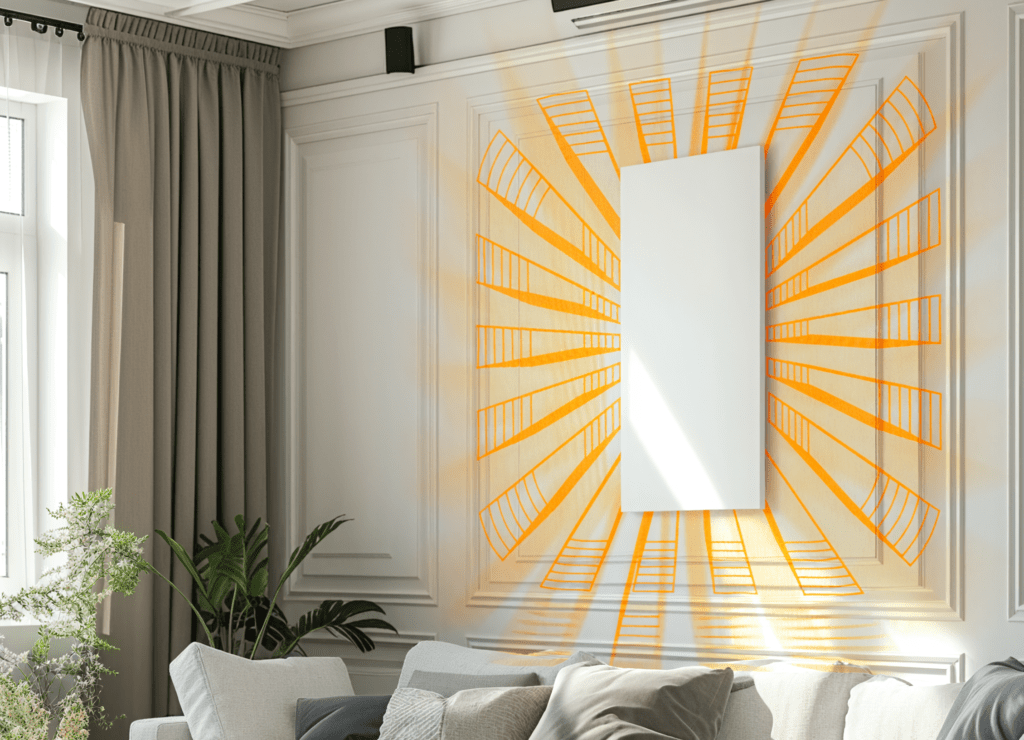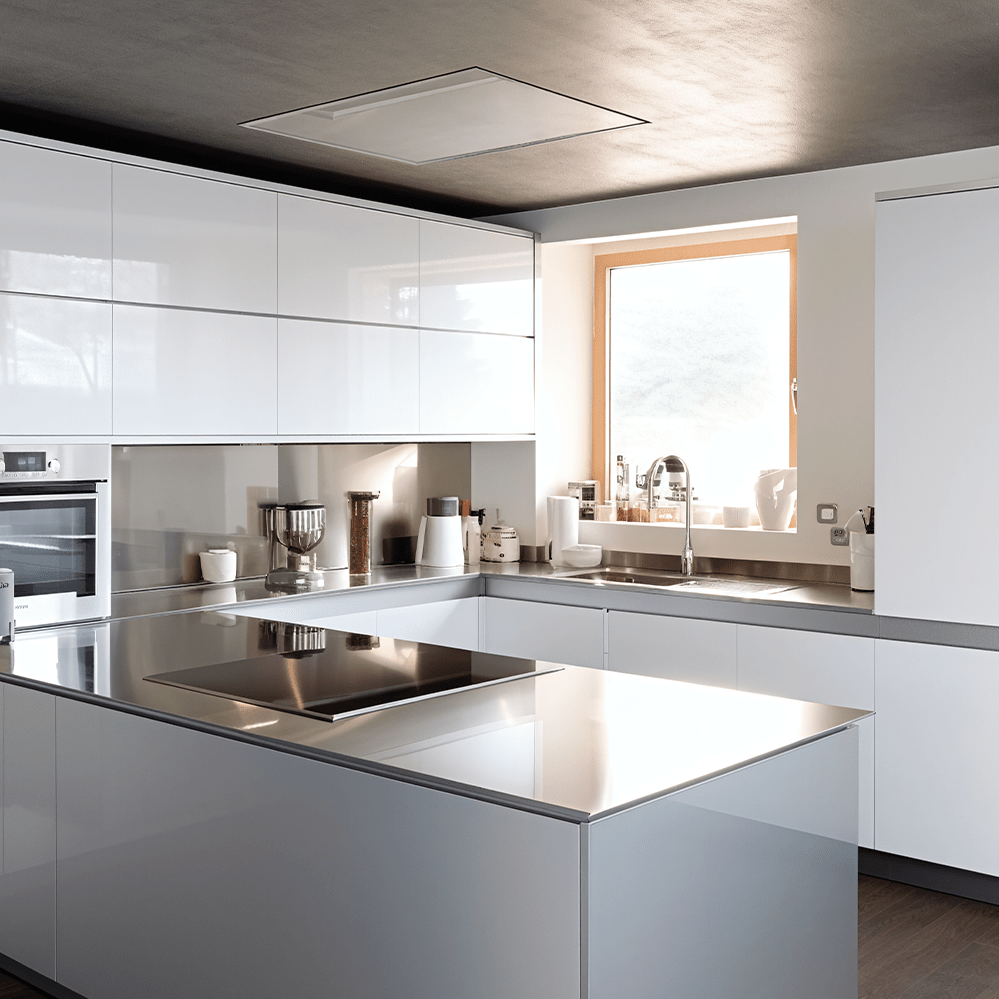Namiwell’s infrared heating panels transform electrical energy into a comforting radiant warmth – a component of the electromagnetic spectrum identical to the heat radiation of sunlight or tile stoves and fireplaces. Consequently, infrared panels offer a delightful heating experience, evoking an instant feeling of warmth, just like enjoying the winter sun.

Caption: Receiving and also emitting infrared waves is natural for our bodies – we can easily capture and measure the radiation of the human body and other objects with an infrared camera.
Source: thermologyonline.org










